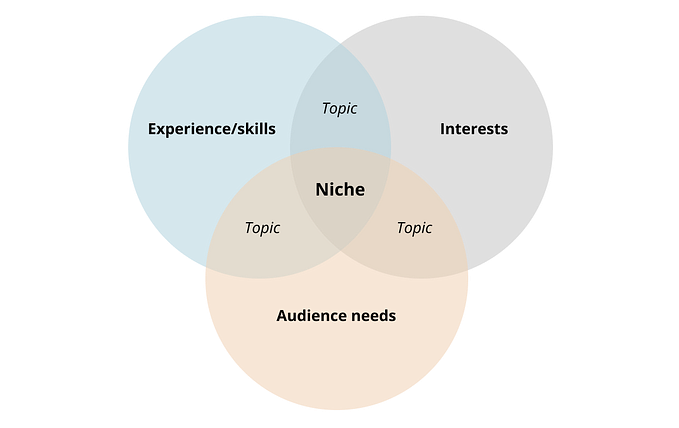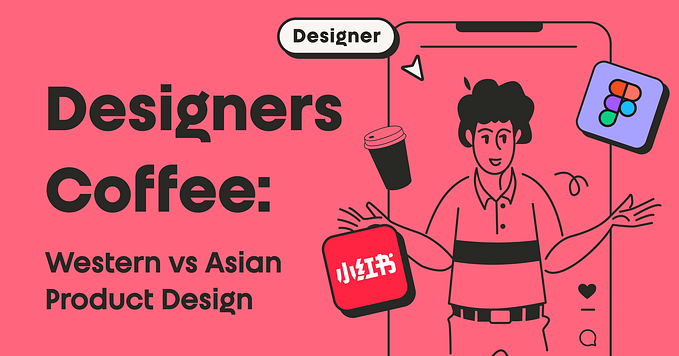7 Further Cognitive Biases That Affect Your Design Process

My love for behavioural psychology rivals that of Orpheus’s for Eurydice, and whilst we might not plan on going to hell and back, we can at least save our users the trouble of the journey by understanding a little bit more about both our own, and their subconscious psychology!
Cognitive Biases play a large hand in the design process, and remain ever present throughout the user experience, and whether we’ve designed with this in mind or not, it WILL influence the way in which users interact with what we’ve created for them.
If you haven’t already checked out my other articles on cognitive biases!
#1 Noble Edge Effect

When a product displays it’s social responsibility to us as users, we give it more respect, value and trust, leading to a greater brand image.
Who knew we prefer things that do good for society? Well, subconscious psychology does, and though sometimes we make decisions that don’t always work for the benefit of society, the majority of the time we much prefer an option that does good for all.
Implementation of this is incredibly simple in theory, as all it requires is care for the community, though many fail to meet this chasing revenue and profits, ironically since applying the Noble Edge effect increases said objectives!
The Noble Edge Effect is UX at its core: Care for Users.
#2 Default Bias

Behaviours that have already been established tend not to be changed, nor have a desire to be changed.
This is a powerful subconscious habit that can dictate not only experiences, but also the products we choose day to day. There are a variety of ways to implement this feature, for example providing a set of default filters that give the user the experience they are seeking for with the option of customizability not only aligns itself with the Halo Effect (Don’t worry, we’ll get there soon), but also makes the experience easy and fluid.
The key thing here to takeaway is to make the default option beneficial for the user, as well as creating an experience where doing good is the default.
#3 Self-serving Bias

We really overestimate how great we are, and the Self-serving bias is here to prove that! We perceive our actions and successes in a manner that overly favours our capability, no matter the external factors that may have influenced it, but when success occurs externally outside of our influence, we view it as a stroke of luck.
This bias situates itself in a variety of places, for example when receiving negative feedback we focus on our strengths and overlook the faults.
Depending on your goal for design, adapting to the Self-serving Bias isn’t one of massive difficulty. If you aim to deter and highlight a failure, MAKE IT CLEAR, and I mean really clear, explain the locus of failure in great detail. If you aim to congratulate and cheer on your user, well you really won’t struggle since they will most certainly agree with your comments ;)
#4 Halo Effect

The Halo Effect, sometimes referred to as the Halo Error, happens upon initial positive perception of something which in turn, influences our opinion to view it in its whole as positive and valuable, irrespective of how much we know of the other traits.
This effect can be most easily seen in the real world, where people attribute positive qualities to traditionally attractive individuals, so much so that nurses spend more time looking after attractive looking babies!
This isn’t a principle that just impacts the real world though, and has its place in the digital space. The key takeaway from the Halo Effect is understanding that ‘first impressions matter’, wherein if we can create an initial positive reaction from our users, further interaction with our designs will be painted with a more open and positive light, in turn providing a coveted experience!
#5 Chunking

Chunking, or grouping, tells us that when information is grouped we tend to remember it better.
Application of this within our designs can greatly improve our users ability to interact and navigate products we create, as well as create familiarity and continuity between different regions through the use of grouping. There are a vast number of applications for chunking that can assist in bolstering the user experience, but the most predominant usage is within categorising navigation into sections for ease of access.
#6 IKEA Effect

Undoubtedly the best named cognitive bias, the IKEA Effect, describes how people attribute more value to a product when they themselves have taken part in some form of creation of it.
Whilst the basis of the IKEA Effect is rooted in the purely physical (Until IKEA enters the metaverse, of course), this does not mean that there is no application for it in the digital product space. Create experiences that your users are involved with if you have the resources available, allow customisation and personalisation, create an onboarding experience that truly involves your users input, or even value user suggestions and show that their requests are part of the product’s evolution!
#7 Authority Bias

Father to some fascinatingly disturbing experiments such as the Milgram Experiment, the Authority Bias describes our attribution of value and trustworthiness to statements from people in positions of power, to the degree we will subconsciously abide them with little questioning.
Of course, this principle sits right at the brink of Ethical and Unethical UX, and purely depends on its application, for one side you may convince your users that shocking a stranger is a great idea, or another you’ll spread information and knowledge from a position of expertise.
An example of application in the product space for the Authority Bias, whilst limited to those situated in very established positions, is guiding user experience to the next level and creating standardisation across platforms, or even teaching those standardisations, learnings and best practices to the next generation.
In Summary
Now equipped with a further 7 understandings of the underlying functions of human subconscious action, we are better prepared to provide designs to our users that gives them not only an enjoyable experience, but also one that they can seamlessly guide themselves through!
- Noble Edge Effect: We prefer to use socially responsible products.
- Default Bias: We tend not to change established behaviours.
- Self-serving Bias: We attribute successes to our own efforts, and external success to luck or outside influence.
- Halo Effect: Initial positive judgements of something shape perception of it in its entirety.
- Chunking: Information that is grouped together is recalled easier.
- IKEA Effect: The value of a product increases when partial creation, or user involvement is included.
- Authority Bias: We attribute greater trust of words that originate from authority figures.
🎨 By becoming a Medium Member, you get unlimited article access & Support Creators Like Myself!
📧 Check out my UX email newsletter, with Digestible Knowledge Every Wednesday.
🗃️ You can find all my links and resources here at my UX Masterlist.
If you enjoyed my content, Follow me, it keeps me writing!











